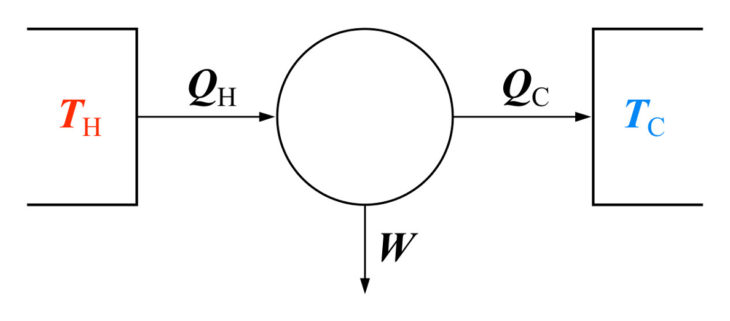Ashes, Dust and Entropy
Genesis 1:1-2
“In the beginning God created the heaven and the earth. And the earth was without form, and void; and darkness was upon the face of the deep. And the Spirit of God moved upon the face of the waters.”
 An excellent article in the New Scientist magazine aims to explain the concept of entropy. The article starts with the quote: “Ashes to ashes, dust to dust.” Of course, the phrase is not a biblical phrase. It is from the Funeral Service contained in the 1662 Book of Common Prayer. The concept certainly is biblical, however. It reminds us that God made man from dust, and Job talks about returning one day to dust and ashes.
An excellent article in the New Scientist magazine aims to explain the concept of entropy. The article starts with the quote: “Ashes to ashes, dust to dust.” Of course, the phrase is not a biblical phrase. It is from the Funeral Service contained in the 1662 Book of Common Prayer. The concept certainly is biblical, however. It reminds us that God made man from dust, and Job talks about returning one day to dust and ashes.
The New Scientist article asks us to imagine a video of an explosion. A solid object disintegrates before our eyes, while dust and pieces of the object are thrown outwards. Then the magazine asks us to imagine that the film is played backwards. The dust and pieces fly inward until we obtain a solid-looking, ordered object. We instinctively know that the first video is possible, but the latter is impossible. The dust is thrown out by energy, which has come from the chemical explosive. No energy has been destroyed, but Humpty Dumpty still can’t be put back together. This is because, although no energy is destroyed, some of it is now unusable. This energy has, for all intents and purposes, been lost. Probably, some of the dust is slightly warm, but such low-temperature heat is really wasted energy.
The universe is like that. It is running down. In no way could a universe have started by itself, with the dust gathering up into molecular order. Author: Paul F. Taylor
Prayer: We see, Lord, that nothing can come from nothing. Everything has to come from something, gradually falling into wasted energy. So, we acknowledge the scientific truth of Your word over all those who would say “nay”. Amen.
Ref: Howgego, J. (2018), How to think about entropy, < https://www.newscientist.com/article/mg23831841-100-how-to-think-about-entropy/ >, accessed 6/30/2018. Image: Carnot Heat Engine, Public Domain.